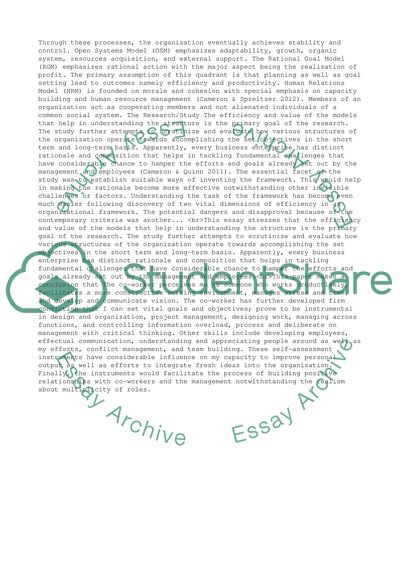Cite this document
(“Understanding & Analyzing Competing Values Framework Assignment”, n.d.)
Understanding & Analyzing Competing Values Framework Assignment. Retrieved from https://studentshare.org/business/1481026-understanding-analyzing-competing-values-framework
Understanding & Analyzing Competing Values Framework Assignment. Retrieved from https://studentshare.org/business/1481026-understanding-analyzing-competing-values-framework
(Understanding & Analyzing Competing Values Framework Assignment)
Understanding & Analyzing Competing Values Framework Assignment. https://studentshare.org/business/1481026-understanding-analyzing-competing-values-framework.
Understanding & Analyzing Competing Values Framework Assignment. https://studentshare.org/business/1481026-understanding-analyzing-competing-values-framework.
“Understanding & Analyzing Competing Values Framework Assignment”, n.d. https://studentshare.org/business/1481026-understanding-analyzing-competing-values-framework.


